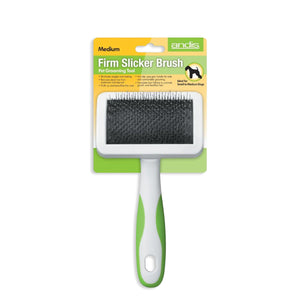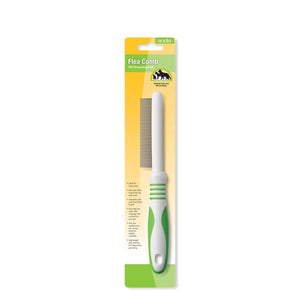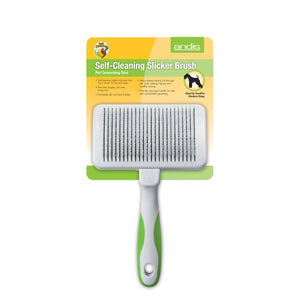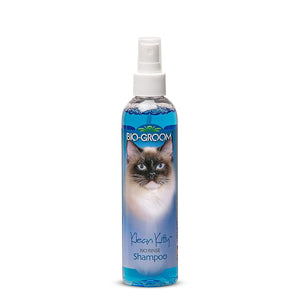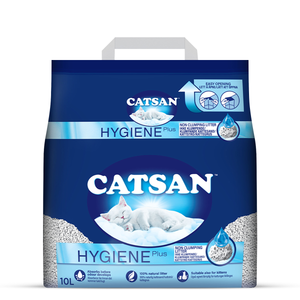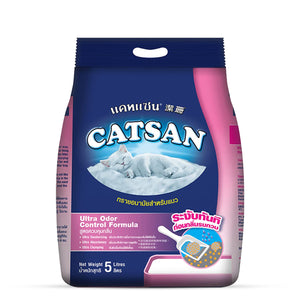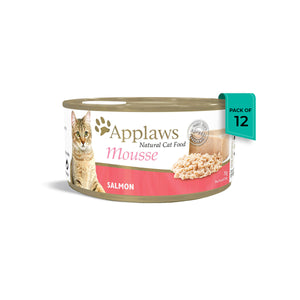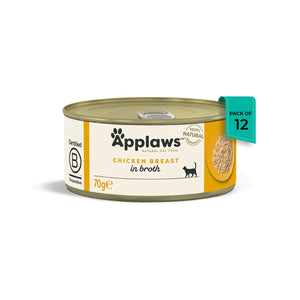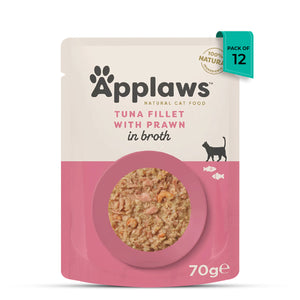Overview:
| Size | Medium to Large, with males weighing 9 to 14 pounds and females weighing 7 to 11 pounds |
| Coat | Long, Thick, Glossy |
| Colour | White, Blue, Black, Red, Cream, Chocolate, Lilac |
| Average Lifespan | 15-20 years |
| Features | Short muzzle and round face |
The Story
The story of Persian cats began with their birth in Mesopotamia, also known as Persia, later on, which is now known as Iran. With such soft, fluffy beauty, and a docile persona, this Persian purry was bound to catch the eye and attention of several people, even tourists. One such person was Pietro Della Valle, an Italian noble, who was completely awestruck by the charms of this Persian meow. He brought a family of Persian meows to his home back in Europe in the 17th Century. From being Queen Victoria’s favorite to land in the U.S.A. during the late 19th Century, the Persian cat breed has come a long way as well-traveled pur’mates.
What’s a Persian Cat Like?
A Persian meow is quite docile by nature and enjoys a laid-back environment. They are calm, independent, and just as loving. On one hand, they like to snuggle into their parents’ laps while on the other side, they do not mind watching the views and the birds from windows all alone. All they need is a cat tree or a soft, comfy, sofa-like bed.
Temperament
They love being playful, but they also need peace. They do not enjoy climbing over the height and would rather prefer to rest up in an armchair or their bed. Persian purees make great pet cats around quieter children and easy-going doggos too.
Features
A round head, a short, cute face, a snub nose, and chubby cheeks, these beautiful features are the identifiers of a Persian kitty, and if these features weren’t so adorable already, their big round eyes and small curvy ears do the trick. Watch the smile perk up your face as you watch a Persian run towards you for attention on their short legs and sturdy, cuddly bodies.
Colors
The original and first-ever coat of a Persian purry was gray. As breeding happened, these kitties began to get spotted in multiple colors ranging from gray to silver, white, and solid-toned. Their eye color depends on the color of their coat. White Persian purries have deep blue or copper eyes, whereas, silver Persians or gold Persian kitties have green eyes, and Persian kitties in other solid tones have copper eyes.
Shedding
Their coat tends to shed a lot. As a routine, comb their coat daily to prevent the formation of tangles and matting. You can avoid or manage this shedding through regular pet grooming for cats at a Zigly Experience Center. For cat parents in Gurgaon location, we also have Van Grooming services available so that you don't have to take the hassle of visiting the store.
Their Overall Health
Owing to the Persian’s face, a short nose, the Persian purries may face certain health complications such as,
- Respiratory difficulty
- Excessive water in the eye
- Heat sensitivity
- Misaligned teeth
- Ringworms due to their long furry coat
- Skin rash, itching, and alopecia
- Renal diseases
Few More Interesting Facts About Persian Meows
- Today, there are over 70+ colors in which Persian cats exist.
- The first cat show that the Persian kitty ever participated in happened back in London in 1871.
- When the breed of Silver Persians emerged in the U.S.A, the government wanted to patent it as its own breed under the name ‘Sterling’. However, this claim was rejected. Whether a silver meow or a golden meow, they are classified under the Persian category only.
Choosing the Right Food for Persian Cats
Owing to their small jaw and comparatively flat face, the Persian kitty finds it difficult to eat dry kibble or have enough water. In such cases, you can feed them with wet food from leading brands like Bellota, Kennel Kitchen Sheeba, or even go ahead with Royal Canin wet food specially prepared for Persian cats. Alternatively, you can try Fresh for Paws, a range of fresh food for cats available exclusively on Zigly website/app. Our range of fresh food is packed with all the right nutrients and also helps with weight management. For water deficiency-related issues, Persian cat parents should choose a Zigly Lifestyle feeding bowl or water bowl that is wider and shallower.
FAQs About Persian Cats
1. What is the personality of a Persian cat like?
Persian cats are calm, affectionate, and low-energy companions. They prefer peaceful surroundings, enjoy lounging in comfort, and are well-suited for quiet homes with relaxed children or pets. While they are playful, they aren’t overly active or fond of climbing.
2. How much grooming do Persian cats require?
Due to their long, thick coats, Persian cats require daily brushing to prevent tangles and matting. Regular professional grooming is highly recommended to manage shedding and maintain coat health, especially during peak shedding seasons.
3. What health issues are common in Persian cats?
Persian cats may face health challenges due to their flat faces, such as breathing issues, watery eyes, dental misalignment, and heat sensitivity. They are also prone to skin conditions and hereditary issues like polycystic kidney disease (PKD). Routine vet checkups are essential.
4. What should I feed a Persian cat with a flat face?
Persian cats do best with wet food from premium brands like Royal Canin, Bellota, or Fresh for Paws, which are easier to eat and digest. Use shallow, wide bowls to help them access food and water more comfortably.
5. What colors and eye combinations do Persian cats come in?
Persian cats exist in over 70 color variations, including white, silver, cream, chocolate, and lilac. Eye color often depends on coat color—white Persians typically have blue or copper eyes, while silver and golden Persians may have green eyes.
Besides this, your Persian Purry deserves to be pampered with catnips, interactive toys and wands cat toys, cat treats, and everything that allows them to live life king/queen size. And Zigly will be your perf




